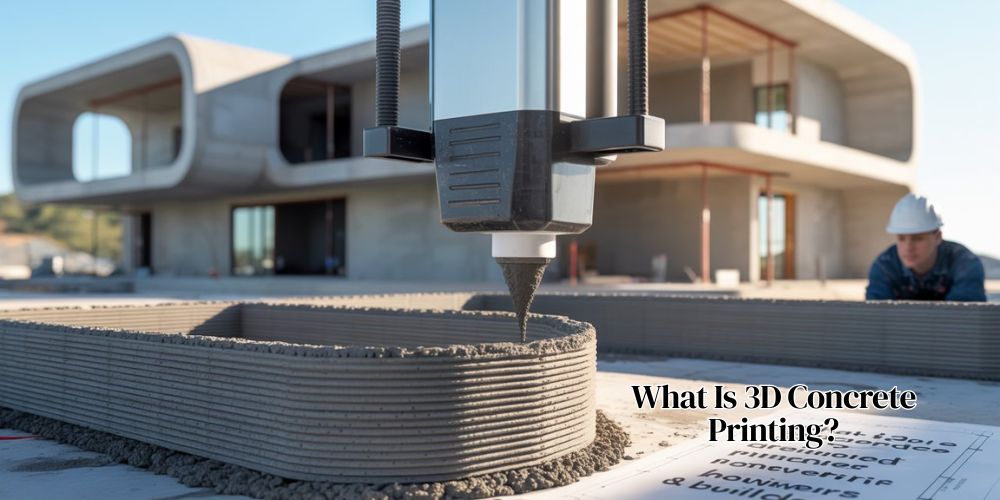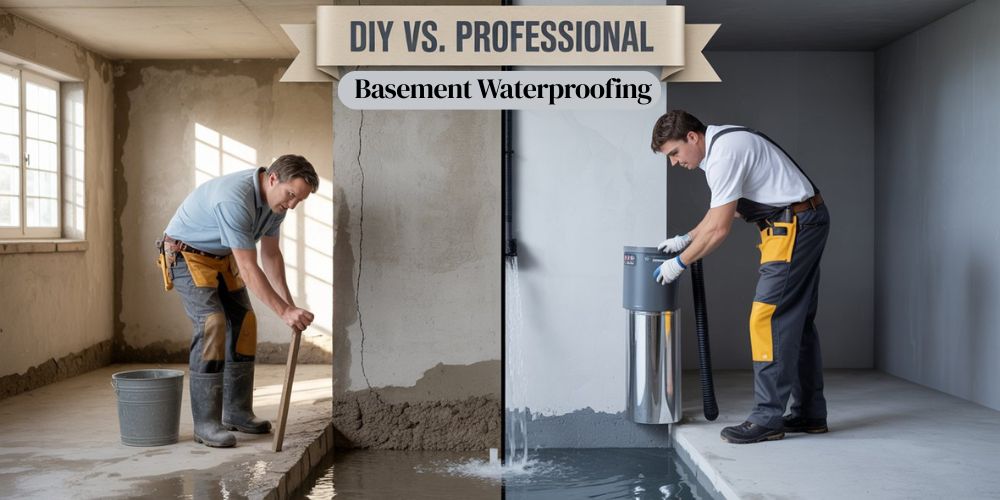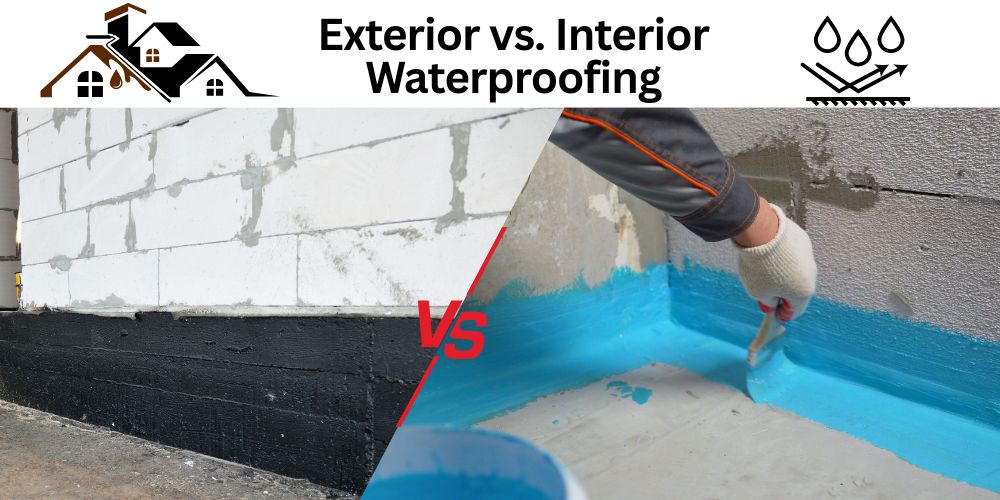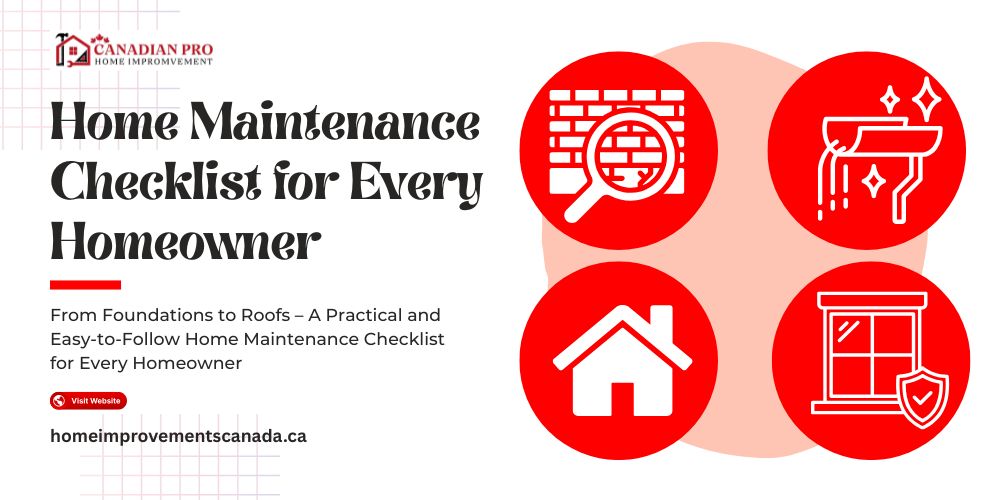If you’re interested in the future of building—or a resident exploring quicker, smarter construction methods—3D concrete printing could be the game-changer you’ve been looking for. This easy-to-understand introduction clarifies what it is, how it works, and why it’s making waves worldwide. From disaster relief housing to cutting-edge buildings, concrete 3D printing is transforming the way we approach building homes and infrastructure.
Understanding 3D Concrete Printing in Construction
3D concrete printing, also referred to as additive construction, involves the use of a massive, industrial-scale 3D printer to deposit cement-based materials in layers to form buildings or sections of buildings. It’s similar to icing a cake—only you’re constructing entire walls out of concrete. The technology is also being considered for commercial building and community-building projects around the globe.
The process begins with a digital blueprint, and rather than bricks or molds, a robot nozzle pours the concrete mixture according to those digital specifications. It’s sleek, up-to-date, and reduces time and waste, making it perfect for contractors who want to boost productivity at lower costs.
The Core Ingredients Behind the Technology
- The Printer: A huge robot arm or gantry system capable of extruding concrete in a precise manner. Various models are available for in-situ printing and prefabricated members.
- The Mix: No ordinary concrete. Specifically designed to be pumpable and fast-setting, so every layer can retain its form. Recycled aggregate or additives are used in some mixes to enhance flowability and adhesion.
- The Software: CAD software assists in transforming architectural plans into printable directions, which are sliced into printable layers.
So, How Does 3D Concrete Printing Work?
Here’s an easy explanation:
1. Design it: Engineers employ CAD software in designing 3D plans customized to the site and client requirements.
2. Slice it: The model is sliced digitally into thin, horizontal layers by specialized slicing software.
3. Print it: A machine prints one layer at a time, from the ground up. The nozzle follows precise coordinates to be accurate.
4. Let it cure: The structure hardens and sets—sometimes with added accelerants to make the process go faster. Environmental curing may also be utilized.
Some organizations print in situ on the building site, and others prefabricate items in a warehouse and ship them out for assembly. In each process, speed and accuracy are major benefits.
Where is 3D Concrete Printing Applied?
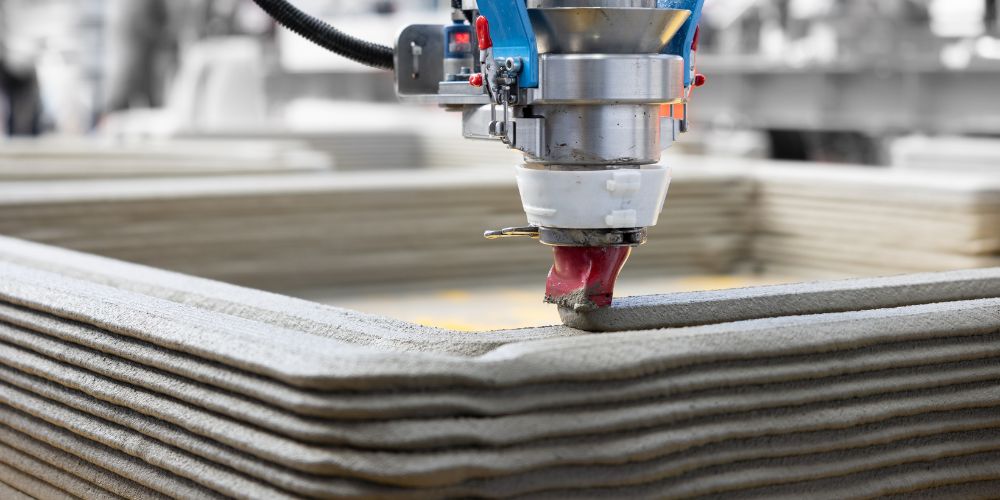
- Houses: From temporary shelters in disaster areas to contemporary homes in urban areas.
- Offices & Shops: Small structures such as cafes, pop-ups, and retail outlets that require rapid deployment.
- Public Infrastructure: Bridges, sidewalks, bus stops, and park furniture are all being tested.
- Art & Landscaping: Sculptures, retaining walls, planters, and decorative elements can all be specially printed.
- Low-Income Housing Projects: A number of NGOs and startups employ this technology for low-cost housing solutions globally.
Why Builders and Homeowners Are Paying Attention
1. It’s Quick: Certain 3D printed houses rise in 24 to 48 hours, depending on the structure and curing process. This is perfect for emergency housing construction or phased city growth.
2. It’s Economical: Less labor and wasted materials can result in 30%–60% cost savings. Labor and materials form the lion’s share of conventional construction budgets.
3. It’s Green: Minimal material consumption and acceptability in recycled concrete mixtures make it an eco-friendly option. Additionally, less dust and waste promote cleaner work sites.
4. It’s Creative: Curved walls, subtle detailing, and unusual forms can be achieved by architects at no added cost or complexity.
5. It’s Safer: Reduced on-site human labor results in fewer opportunities for accidents, creating a safer working environment—particularly in risky or distant areas.
What’s Holding It Back?
- Startup Expenses: The machinery and installation can be heavy on initial capital, particularly for small contractors.
- Legal Permits: Building codes and regulatory environments within most areas have not yet caught up with 3D printed buildings, particularly in North America.
- Material Expertise: Concrete mix design changes with climate, application, and curing. Not all conditions are yet conducive to consistent quality.
- Trained Techs Required: Operators must be trained in CAD, machine operation, and concrete technology. Training would take weeks or even months.
The Road Ahead for 3D Printed Buildings
3D concrete printing continues to develop—but rapidly. Developers and scientists are testing fiber-reinforced materials, multi-story printing systems, and houses integrated with solar panels. Some firms even mix 3D printing with robots and drones to automate the whole construction process.
Other countries such as the UAE, China, and the Netherlands have used 3D printing in big projects. Canadians are increasingly interested in applying this technology in cold-climate and sustainable housing schemes.
Look forward to innovations in AI-facilitated print monitoring, automated reinforcement positioning, and energy-conscious concrete mixes.
Is 3D Concrete Printing for You?
If you’re a homeowner looking for sleek, eco-friendly alternatives—or a contractor willing to innovate—this technology might be the key. Whether a bespoke garden feature or an entire house, 3D printed building provides control, efficiency, and exclusivity.
In regions such as Canada, where climate, insulation, and durability are concerns, 3D printed houses are an emerging and innovative solution. You just have to have the right constructor—and an open mind.
Final Thoughts: Building the Future, Layer by Layer
3D concrete printing is revolutionizing what construction is all about—streamlining processes, cutting costs, and allowing builders more artistic license than ever before.At Canadian Pro Home Improvements, we’re open to innovation. Though our core functions consist of foundation work, masonry, and asphalt paving, we keep abreast with innovative solutions such as 3D printing.

